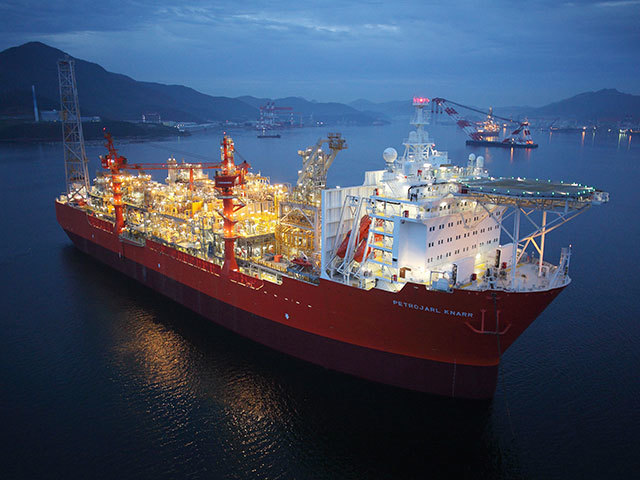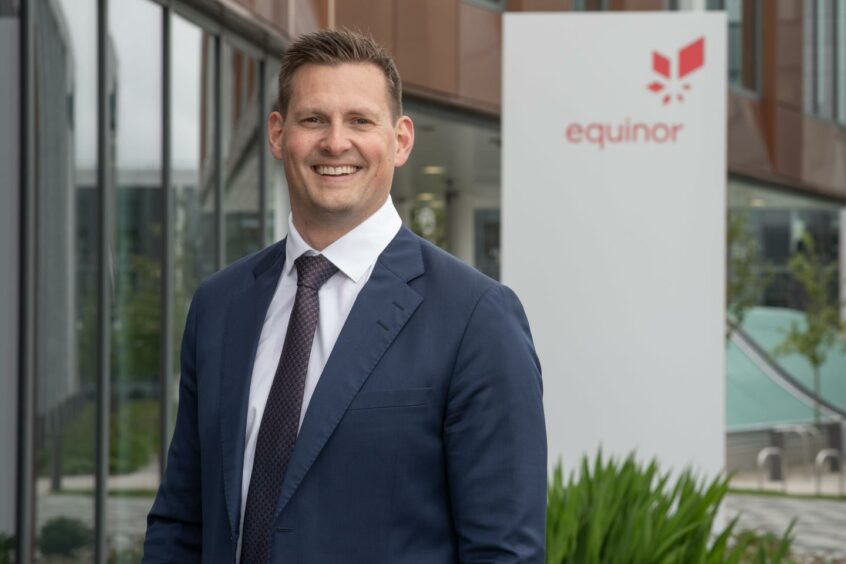
Equinor (OSLO:EQNR) has submitted a key document in relation to the Rosebank development, allaying fears it was considering ditching the £8.1 billion project.
The environmental statement (ES), outlining how the Norwegian energy giant intends to progress the multi-million barrel West of Shetland field, has been lodged with Westminster.
The documents – which were subsequently removed from the government website – report the results of an environmental impact assessment (EIA) for the project.
The Oslo-listed firm plans to deliver the field, one of the largest untapped discoveries in UK waters, in two phases, with first oil targeted at the end of 2026
The first stage comprises drilling four production and three water injection wells.
Subject to more information cropping up, the second phase will involve drilling up to a further three production and two water injection wells.
Rosebank, which was first discovered in 2004, will be hooked up to the Knarr floating production, storage and offloading vessel (FPSO) vessel.
A deal to use the ship has already been struck with owner Altera Infrastructure.
Equinor says be reusing the ship, rather than going with a new-build, it will significantly reduce emissions and lower the cost of development.
New flowlines will be used to connect Knarr to Rosebank, with gas being exported via new line to the existing West of Shetland Pipeline Systems (WOSPS) and oil offloaded using tankers.
Now that the ES has been submitted, that ball is in the Offshore Petroleum Regulator for Environment and Decommissioning’s (OPRED) court, and consent must be given before development can begin.
Arne Gurtner, senior vice president for UK and Ireland offshore at Equinor, said: “Progress on the project depends on the regulatory processes. We are open about that and we have done considerable work, internally, with our partners and with the supply chain, to ensure that we deliver to the expectations.”
There had been concerns that Equinor was considering walking away from the field, particularly in the wake of the UK Government’s energy profits levy, though it repeatedly dismissed speculation.
According to some estimates, Rosebank contains around 300 million barrels of oil recoverable.
At its peak, Equinor expects production to be around 70,000 barrels of oil per day.
The project is located near to the controversial Cambo field, and its likely it too will become a target for environmental groups that want to bring an end to North Sea oil and gas.
As operator, Equinor has a 40% stake in Rosebank, while Suncor Energy and Ithaca Energy hold 40% and 20% respectively.
So far the field, which is located in deep waters with harsh weather conditions, has proved a tough nut to crack, and a final investment decision on the scheme has repeatedly been delayed.
It is now expected in the first quarter of next year.
Despite the challenges, Mr Gurtner is optimistic that by reusing assets, Equinor will be able to deliver first oil on time.
He said: “The 2026 date is part of our discussions with the North Sea Transition Authority and it has been since we entered the licence in 2019.
“It has been enabled through the reuse case of the Knarr FPSO – that allows us to deliver on our timelines for Rosbeank.”

 © Supplied by Equinor
© Supplied by Equinor